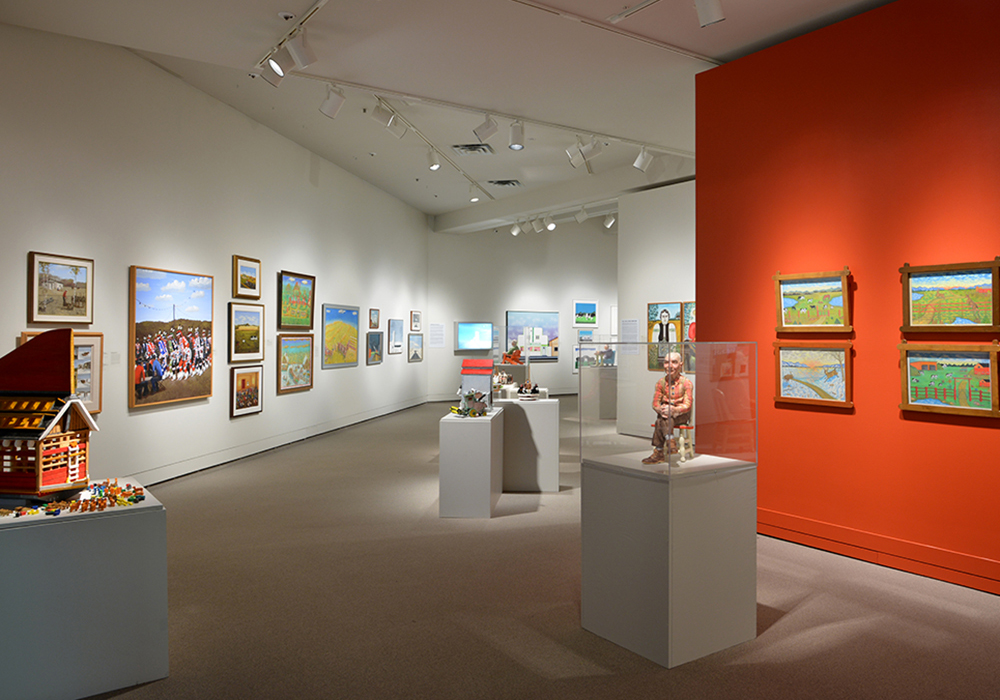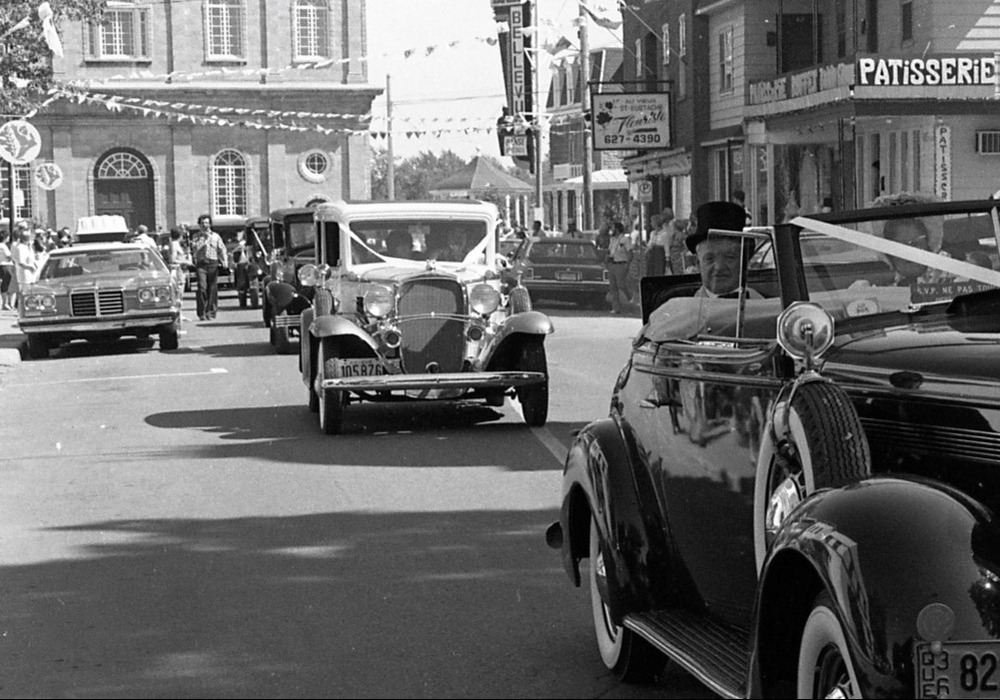
Sliding, Gliding and Soaring is an exhibition of the stories and characters responsible for a remarkable and lasting legacy of Canadian ski history.
Revelstoke.s ski saga has its roots in the early 1890s, when Scandinavian immigrants such as the Nelsen and Gunnarsen families first introduced the sport to the area. Originally calling skis .Norwegian snowshoes. the townspeople eagerly embraced the activity and began organizing almost at once. They officially formed the Revelstoke Ski Club in 1914 to hold annual ski jumping, cross country racing, downhill racing and skijoring tournaments.
Blessed with the .Big Hill..the largest, natural ski jump in North America.Revelstoke was the site of many Canadian and World Records. Between 1916 and 1975, local, provincial, national and international events took place there and competitors and spectators flocked to the town from around the world. Revelstoke regulars included Nels Nelsen, World Champion in the 1920s, Bob Lymburne, World Champion in the 1930s, Anna Gunnarsen, matriarch of skiing in Revelstoke, and Isabel Coursier, the first .glider girl.. Not only did Coursier jump unassisted, she also dared to jump with the men.
Mount Revelstoke skiers were also instrumental in creating downhill and slalom runs and watched with satisfaction as enthusiasts forced these pursuits to evolve. Steep runs were cut on site and locals took to the hills with the aid of an electrically lit slope for night skiing. There was even a ski run in the centre of town.
Tournament competition slowed down during the Second World War, but a new breed of recreational skiers filled the gap. Townspeople and visitors would readily climb 4,000 feet to ski on Mount Revelstoke.s summit. Devotees would take the train to Rogers Pass to ski in the valleys and on the glaciers of Glacier National Park.
Winter Carnivals continued and in 1950, Revelstoke started hosting the Tournament of Champions, an international jumping event. But the building of the Trans Canada Highway and a decline of interest in jumping began to draw skiers to Mount Mackenzie to the south. The upstart hill.s appeal was clear. It held the potential for a 6,000-foot run from the top and with no boundary restrictions, it offered plenty of space. After 1975, ski jumping events had virtually ceased at Revelstoke.
But the explosion in heli-skiing, cat skiing, nordic skiing and backcountry skiing in Revelstoke in recent decades proves that other forms of the spo

